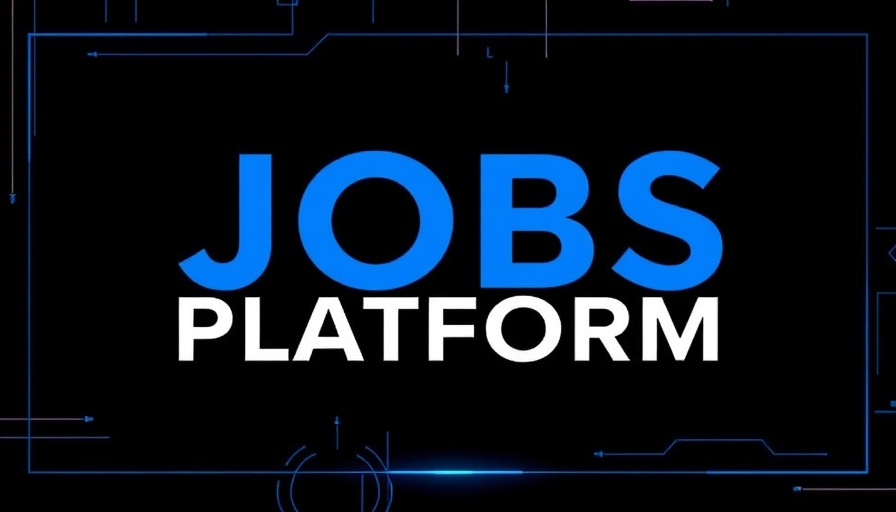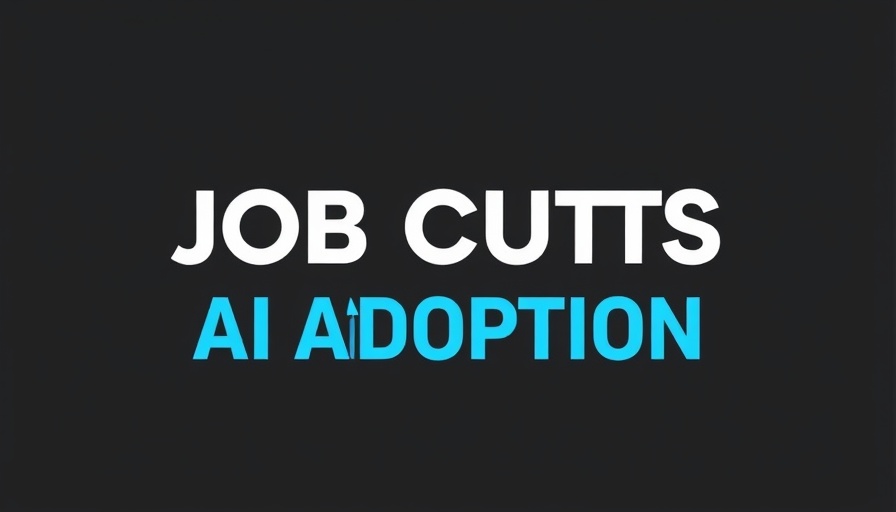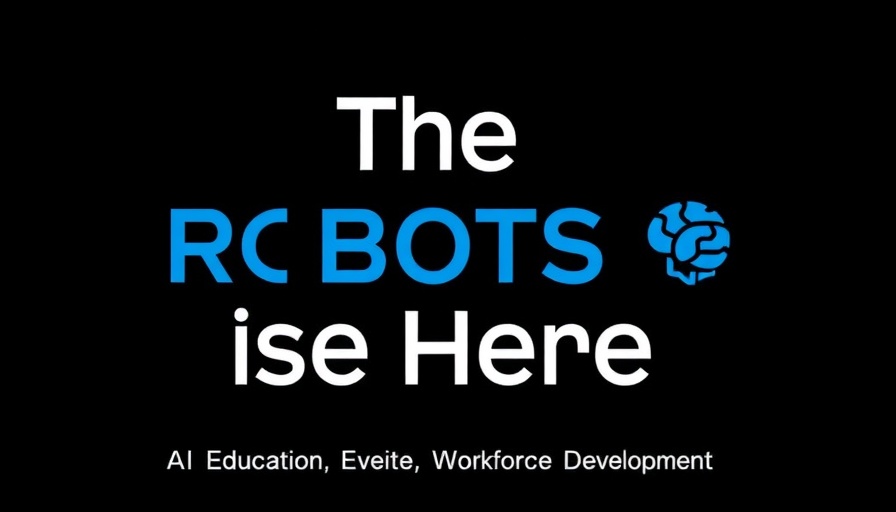
Understanding AI-Driven Software Development Risks
As developers increasingly turn to artificial intelligence for coding assistance, the phenomenon known as vibe coding has emerged as a popular method for generating code quickly. This exploratory approach, where coders input prompts and iterate through generated responses, feels like an efficient way to accelerate software development. However, it carries significant risks, particularly the accumulation of technical debt. As developers become reliant on AI's capabilities, they often overlook critical components of code quality and maintainability.
The Pitfalls of Vibe Coding
In vibe coding, the cycle of prompt-receive-edit can lead to serious oversights. Developers may neglect to review generated code thoroughly, risking the inclusion of bugs and unnecessary complexity. AI-generated solutions, while innovative, can introduce a plethora of problems. For instance, when a developer requests a simple class for user interaction, the AI might produce convoluted structures involving parameters, abstractions, and dependency injections that go far beyond the original request.
Long-Term Consequences of a Fast-Paced Approach
The ease of generating a large volume of code can be tempting, but it poses challenges for long-term maintenance of software projects. Issues like cognitive overload come into play, as developers face the daunting task of sifting through generated code, which can lead to mental exhaustion—and ultimately, a myriad of unresolved bugs. Without careful attention to the quality of AI-generated code, developers may find that the technical debt keeps growing, complicating future iterations of their projects.
Strategies for Building AI-Resistant Technical Foundations
To mitigate the risks associated with AI-enhanced coding processes, developers must adopt proactive strategies. This includes setting clear guidelines on when and how to utilize AI assistance. Emphasizing thorough testing and validation of AI-generated code before integration can prevent long-term pitfalls associated with rushed coding practices. Understanding AI’s capabilities and limits allows for more informed decisions and better overall project outcomes.
Looking Forward: Enhancing Collaboration Between Developers and AI
As software development continues to evolve alongside AI technologies, a balanced approach will be essential. By fostering a collaborative environment, where developers leverage AI's strengths while maintaining oversight of the code quality, organizations can create an agile process that minimizes technical debt. Embracing this duality will not only enhance productivity but also ensure the stability and integrity of evolving software landscapes.
 Add Row
Add Row  Add Element
Add Element 



Write A Comment